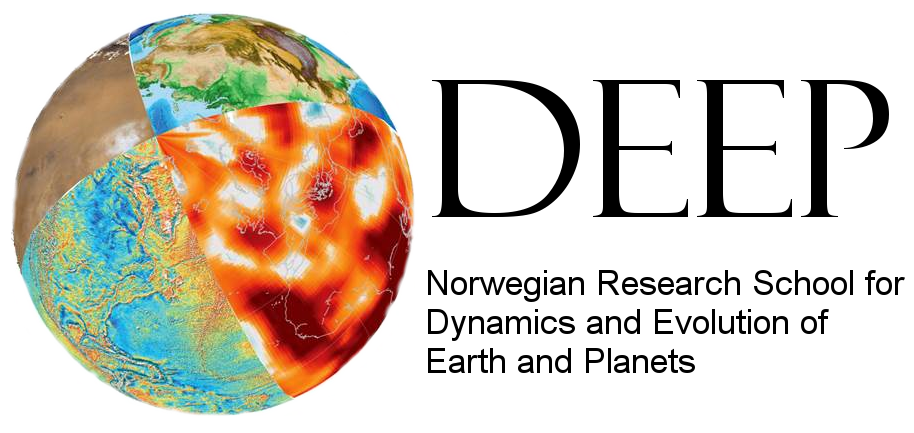|
Setup |
Download files required for the lesson |
| 00:00 |
1. Analyzing Tabular Data
|
How can I process tabular data files in Python?
|
| 01:30 |
2. Repeating Actions with Loops
|
How can I do the same operations on many different values?
|
| 02:00 |
3. Storing Multiple Values in Lists
|
How can I store many values together?
|
| 02:30 |
4. Analyzing Data from Multiple Files
|
How can I do the same operations on many different files?
|
| 02:50 |
5. Making Choices
|
How can my programs do different things based on data values?
|
| 03:20 |
6. Working with Pandas dataframes
|
What is Pandas?
How can I import data with Pandas?
Why should I use Pandas to work with data?
How can I access specific data within my data set?
How can Python and Pandas help me to analyse my data?
|
| 03:20 |
7. Working with xarray
|
What is xarray?
What data formats can be read with xarray?
What is the difference between xarray and pandas?
|
| 03:20 |
8. Making plots with python
|
What is matplotlib?
What are the differences between imshow, pcolor and pcorlormesh?
How to customize plot?
How to create maps with python?
How to change map projection?
|
| 03:20 |
9. Creating Functions
|
How can I define new functions?
What’s the difference between defining and calling a function?
What happens when I call a function?
|
| 03:50 |
10. Errors and Exceptions
|
How does Python report errors?
How can I handle errors in Python programs?
|
| 04:20 |
11. Command-Line Programs
|
How can I write Python programs that will work like Unix command-line tools?
|
| 04:50 |
12. Defensive Programming
|
How can I make my programs more reliable?
|
| 05:20 |
13. Debugging
|
How can I debug my program?
|
| 05:50 |
14. Data analysis with Python
|
What Python packages for analyzing data?
What is scipy?
|
| 05:50 |
15. Visualize and publish with Python
|
How to generate interactive plots?
How to generate animations?
How to create publication ready jupyter notebooks?
How to publish jupyter notebooks?
|
| 05:50 |
16. Object Oriented Programming with Python
|
Why Object-Oriented programming is crucial in Python?
Why you should create your own classes?
How to start OO with Python?
|
| 05:50 |
17. Automated testing
|
Why does testing need to be part of the software development cycle?
how can software development cycle be implemented?
|
| 05:50 |
18. Organize and distribute a Python package
|
What license for Python projects?
How to organize and distribute a python package on pypi?
How to distribute a python package with conda?
How do Python projects deploy their documentation?
What is DevOps?
|
| 05:50 |
19. Parallelize your code
|
What python package could I use to parallelize my Python code?
What is Data parallelism?
|
| 05:50 |
20. Check and improve the performance of your code
|
How to assess the performance of Python codes?
|
| 05:50 |
Finish |
|
The actual schedule may vary slightly depending on the topics and exercises chosen by the instructor.
